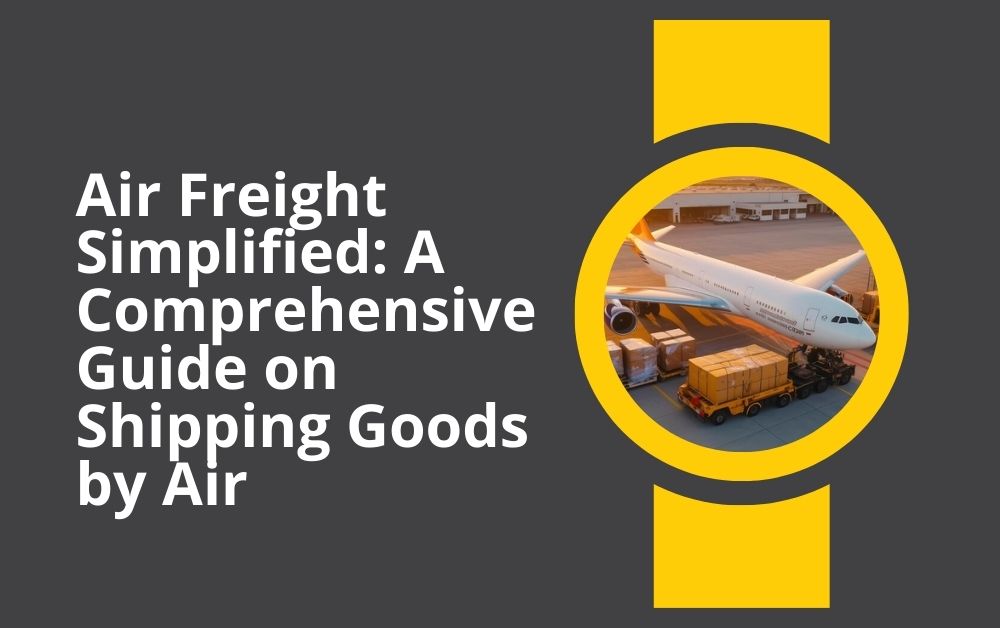
Considering today’s interconnected world, delivering items from one location to another quickly and efficiently is critical for businesses of all kinds. One of the most effective ways to accomplish this is through air freight. This tutorial seeks to demystify Air Freight by describing what it is, its benefits, how it works, and the major issues for shippers.
What is Air Freight?
Air freight, simply put, is the transportation of goods by air. Instead of relying on trucks, trains, or ships, air freight utilizes airplanes to move cargo from one location to another. This method of shipping is known for its speed and reliability, making it ideal for time-sensitive or high-value shipments.
Advantages of Air Freight
-
Speed: Air freight is renowned for its rapid delivery times. Unlike other modes of transportation that can take days or weeks, air freight can get goods to their destination in a matter of hours.
-
Reliability: Airlines operate on tight schedules, minimizing the risk of delays and ensuring that shipments arrive on time.
-
Global Reach: With airports spanning the globe, air freight offers unparalleled access to even the most remote locations.
-
Flexibility: Multiple flights operate daily to major destinations, providing shippers with flexibility in choosing departure times that suit their needs.
How Air Freight Works
The process of air freight involves several key steps:
Booking
Shippers book space on an aircraft through airlines or freight forwarders. They provide details such as the weight, dimensions, and destination of the cargo.
Packaging
Goods are carefully packaged to withstand the rigors of air travel. This includes protecting items from damage and ensuring compliance with airline regulations.
Transportation to Airport
The cargo is transported to the airport of departure, where it undergoes security screening and is loaded onto the aircraft.
Flight
The cargo is flown to its destination airport, where it is unloaded and transferred to the receiving facility.
Customs Clearance
Upon arrival, the cargo goes through customs clearance before being released to the consignee.
Key Considerations for Shippers
Documentation
Proper documentation, including commercial invoices and customs declarations, is essential for smooth transit and compliance with regulations.
Packaging
Goods must be packaged securely to prevent damage during transit. This includes using suitable materials and reinforcement for fragile or valuable items.
Cargo Tracking
Many airlines and freight forwarders offer cargo tracking services, allowing shippers to monitor the progress of their shipments in real-time.
Customs Clearance
Understanding customs procedures and requirements is crucial for international shipments. Working with experienced customs brokers can help navigate this process.
Conclusion
Air freight offers a fast, reliable, and efficient way to transport goods around the world. By understanding how air freight works and considering key factors such as documentation, packaging, and customs clearance, shippers can make the most of this valuable service. Whether it’s delivering perishable goods or meeting tight deadlines, air freight provides a solution that meets the needs of businesses in today’s global marketplace.
Note:-For further articles, explore incnewsblogs.






